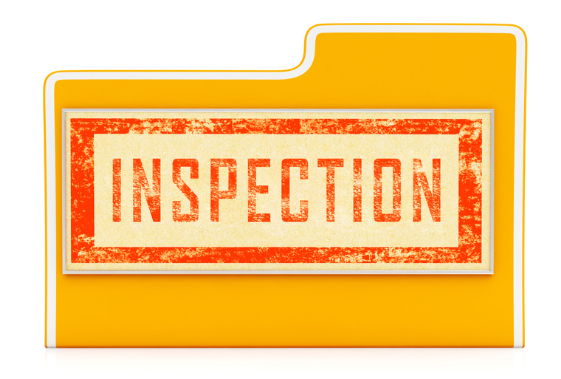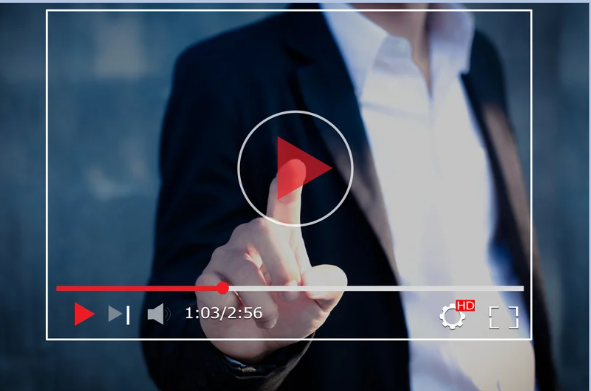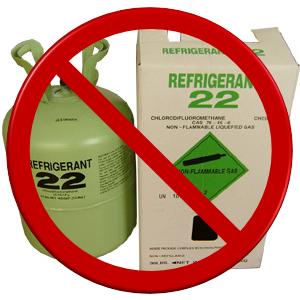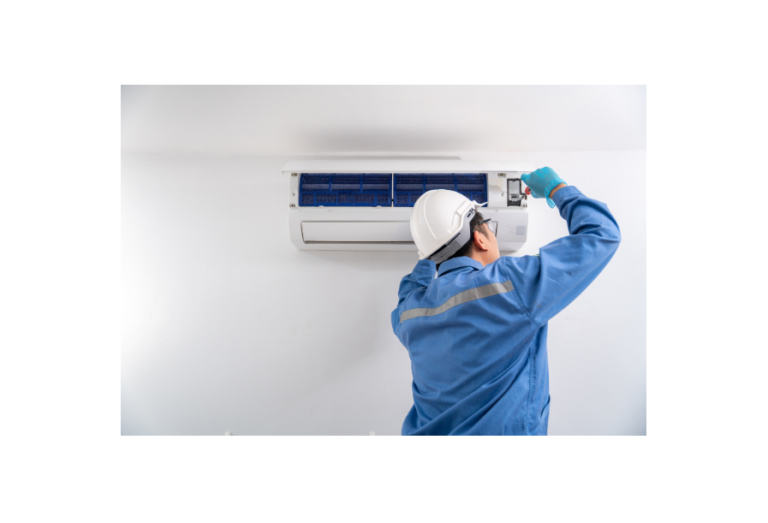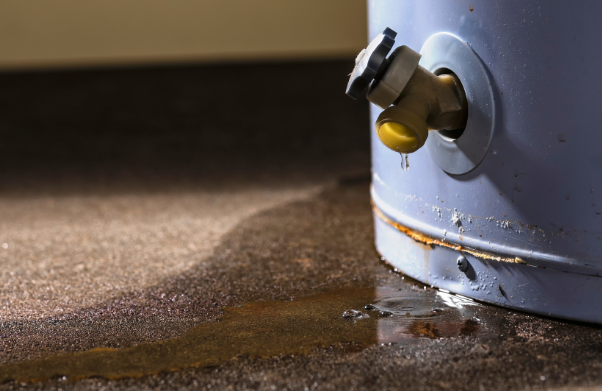
A prudent question is one-half of wisdom
Francis Bacon
Why should I choose Architech Inspection Systems for my Home Inspection?

We are the best…
Thank you for allowing us the opportunity to introduce ourselves. We are Architech Home Inspection and we offer the very best in home inspection services!
“Providing Quality, Service & Expertise Since 2003”
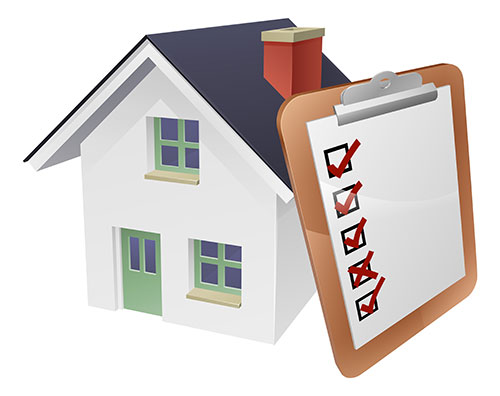
When you use Architech Home Inspection, you will feel confident that you will receive the very best education about the home they are purchasing. We inspect over 400 components of the property using our state of the art, onsite, computer generated reporting system. We organize our findings into what we have found, where we found it, it’s implications, what we recommend you do about it and a time frame in which to complete the recommended action…
- CONDITION – A description of the finding
- LOCATION – Where the finding was found
- IMPLICATIONS – Our concerns
- TASK – What we recommend
- TIME – When this task should be completed
“State of the Art Electronic Report with Photos, Video & Infrared”
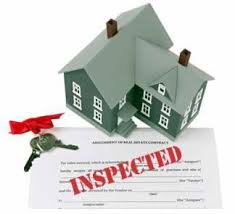
All this is delivered to the client onsite and electronically the same day via email. And of course we offer free unlimited consultation, so you are free to call or email with any concerns or questions you might have regarding the report.
All of our inspectors are professionally trained ASHI and/or InterNACHI affiliates and are required to complete annual updates to their professional development. We train our inspectors to put findings in perspective, to be objective and explain any findings to the satisfaction of the client.
“Professionally Trained and Educated Inspectors”
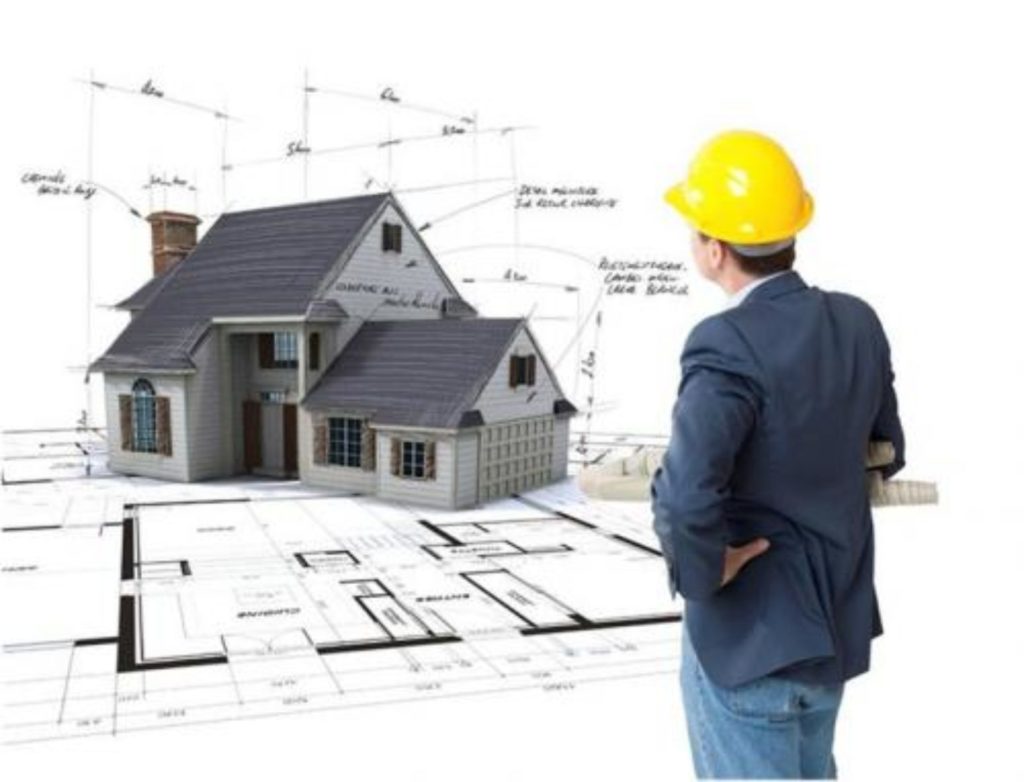
We understand purchasing a home can be stressful for all parties involved, which is why we strive to conduct our inspections with the highest level of clarity and professionalism.
As you can see, our strengths are service and quality. Choose us, Email or Call and make an appointment today! Join Oahu’s top performing realtors* in providing their clients with Hawai’i’s #1 inspection company, Architech Inspection Systems! 808.372.2535
What’s the best way to schedule an inspection?

The quickiest way to get on our calendar is to schedule online

You can also email our office with the MLS# or full property address (include unit#), and we will email you back with a complete proposal including days, times and cost

You can text us at 808-372-2535 with the above information but include your email as we cannot send a proposal via text

You can call us (808-372-2535) but this is the least effective for scheduling but great if you have questions. At the end of the call we will request you send us the info using the above methods to avoid delays that may arise from miscommunications
Our office is open from 8 AM to 6 PM, Monday to Saturday. We’re typically closed on Sunday. Holiday hours may vary, so please call or check our website for specific information on those dates.
Do you have a sample of your inspection report?
How to prepare a property for inspection?

1. Provide Entry Information in Advance
Email our office with entry information or protocols, such as lock box or SentriLock code and location, at least 24 hours before the inspection.
2. Verify Utility Status for Vacant Properties
If the property is vacant, visit it two days before the inspection to confirm that water, electricity, and gas are turned on and in working order. Unpaid bills or service disruptions can occur when a property is vacant, potentially leading to re-inspection fees if utilities are turned off.
3. Consider Vacating the Home
We utilize advanced cameras to capture comprehensive images, including fish-eye lens shots. For optimal inspection results, it’s recommended, if possible, to vacate the property during the inspection.
4. Ensure Accessibility
Confirm that all doors, gates, and storage spaces are unlocked, unsealed, unblocked, and readily accessible for inspection.
5. Clear Access Points
Avoid hindrances by ensuring no personal belongings or items obstruct access to attic ceiling hatches, water heaters, electrical panels, water meters, or the main water shut-off valve.
6. Secure Pets
Remove or kennel any pets during the inspection. Managing pets can be challenging during an inspection, and their unexpected behavior may compromise safety. Ensuring a pet-free environment allows inspectors to work efficiently.
7. Consider Real Estate Agent Presence
If property owners or tenants plan to be present during the inspection, having a real estate agent on-site is beneficial. Recognizing that home inspections can be sensitive, a real estate professional’s presence helps alleviate concerns and provides guidance throughout the process.
By following these steps, you contribute to a smoother inspection experience, fostering a collaborative effort to ensure your property is thoroughly examined. We appreciate your cooperation and look forward to delivering a comprehensive inspection report. If you have any questions or concerns, feel free to reach out to our office. Thank you for entrusting us with your property inspection needs.
Can I Facetime or Zoom my summary?

We have completed tens of thousands of inspections and we have had a lot of experience with Facetime and Zoom calls… not great! Between sirens, barking dogs, screaming kids, sketchy service, dropped calls, and a myriad of other issues, we have discovered that we hate “onsite” Facetime and Zoom calls. Additionally, our inspections typically provide so much information it needs to be reviewed before pertinent questions can be acertained. Clients typically are new to home inspections and are not sure what to ask or which questions are most important, and concerns that are noted can add to their anxiety levels without having the report in fornt of them or videos that show and explain the issues. Rest assured we will be available to answer any questions you may have after the inspection, and for as long as you own the home. For these and many other reasons we encourage clients who are unable to attend our inperson summaries to use our exclusive Video Summary Service.
Our Video Summary Service… Our inspectors will complete a section of the home and then go back and create an indepth video, walking the client through all the features and findings of that section of report. This provides the clients with an in depth review of the area with observations, concerns and recommendations. It also includes tips that would normally be forgotten during an old fashioned walkthrough.
Because it’s a video, our clients are able to review the videos over and over again. They LOVE IT!! Agents are loving it too! Most believe this is the future of the home inspection inspection industry (we’ve been doing this since 2015, well before COVID). The video(s) are embedded into the summary section of your report. Typical videos for a sfh include; Site, grounds, plumbing, exteriors, roof, attic, garage, attic, electrical system, kitchen & appliances, bathrooms, interiors & summation. Condos are interior only. Once you’ve reviewed the videos and our state of the art written report, if there are any questions or concerns, our inspectors are standing by to answer them!
Example Video ~ https://youtu.be/-s2As6UGKso
What are the inspection standards of practice?
Do you follow a code of ethics?
Yes! We follow the ASHI code of ethics.
What is included in a standard inspection?
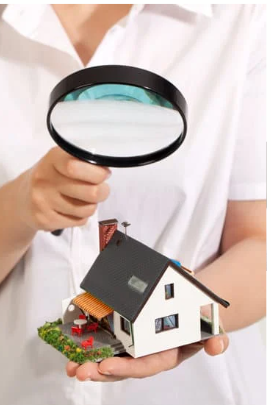
Learn about what components are included in a standard home inspection
Rescheduling due to utility not turned on?
What you should know

Occasionally, when a home is remote or left vacant for extended periods, or when the sellers are moving and mail is not retrieved, or rerouted, a bill may go “unpaid”. In these cases the utility company will turn off service. This is why we send an email to the seller’s representative asking them to verify and confirm that the utilities are all turned on prior to our arrival. We cannot be held responsible or expected to re-inspecting the property without charging a fee. The seller or your realtor should visit a vacant property 2days before the inspection to verify the Water, Electricity and or Gas are all turned on and in working order. If not we will charge a cancellation fee, which will be a minimum of $150 + travel. Other charges may be applicable.
MAKE SURE ALL UTILITIES ARE TURNED ON BEFORE YOUR INSPECTION
Should I get a sewer scope inspection?

About Sewer Scope Inspection Process
Having a sewer scope inspection performed usually only takes a few minutes – and the inspection is just what it sounds like. A trained, professional plumber will run a specialized, flexible borescope camera, which feeds images and video to a monitor. Then, this camera is run through your home’s drainpipe, to examine the sewer lines and other underground pipes for any flaws, imperfections, or serious problems.
The entire process usually takes no more than an hour, altogether. After this, your plumber will tell you about their findings, and issue a report that’s given to you with information about the condition of the sewer line.
Sewer Scope Inspection Cost
The cost of a sewer scope inspection will vary based on the area in which it’s performed, the specifics of the house, the inspector you use, and a number of other variables. However, it’s quite affordable, in most cases. The cost will tend to vary from $250-$500.
This may seem steep. However, consider this – the cost of repairing a broken sewer line costs around $300-$400 – per foot of repaired line. Repairing and replacing an entire sewer line or a line with major structural faults could easily run you ten thousands dollars or more.
Should I Get A Sewer Scope Inspection?
Absolutely. As touched upon above, a sewer line is often one of the most costly things to repair in a home. Getting a sewer scope inspection can help you avoid investing in a home that has serious issues with the sewer/septic system.
You may even be able to save a bit of money on a sewer scope inspection if you’re able to find a home inspector who offers this service along with other traditional home inspection services, such as lead and asbestos inspections. Bundling these services usually will allow you to get a better deal.
Signs You Should Get A Sewer Scope Inspection For Home Purchase
Cracked Sewer Line
Before you go looking for a home, it’s a good idea to know what to look for, and what signs may indicate that you must get a sewer scope inspection before making an offer on a house. Here is a short list of some of the most common signs that something may be wrong with the sewer system, or that it’s at risk of being damaged.
- Water backing up inside the house or crawlspace – This could indicate damage or breakage to the sewer line, or a significant clog.
- Large trees in the yard – One of the most common causes of sewer pipe damage is the growth of roots around the pipe. Roots can grow around and constrict the pipe, breaking it, or grow into small cracks in the pipe, clogging it or causing leaks.
- The house was built more than 30 to 50 years ago – Homes built before 1984 may have clay sewer pipes, which can be easily crushed or damaged. These typically must be replaced, or at least inspected to ensure that they are in good condition.
- You notice shifting or movement of the ground around the home – If the soil around a house seems to have shifted, the pipe may have been affected. If it has moved, it could have broken or become bent and damaged, which may require a costly repair. To identify this, look at things like the sidewalk and driveway. Are the surface soils level with the driveway or walkway? Do they seem to have sunk, or become piled higher than these concrete surfaces?
- Extra-green or lush patches of grass – This is a common sign of a septic or sewer leak. Given its contents, sewer water is actually a powerful fertilizer that can help encourage plant growth. If you see a suspiciously healthy-looking area of the yard, especially if the rest of the lawn seems to be less lush or green, you should be suspicious.
Even if you don’t see any of these above issues, we would still recommend a sewer scope inspection. More minor issues with the sewer line may have few or no symptoms at all – but still cost thousands to repair.
Sewer Scope Inspection Results – What To Look For
Wondering what to look for during the inspection? You’ll typically watch the video feed throughout the process. You and your inspector will be looking for:
- Serious clogs or blockages in the sewer line
- Cracks, damage or imperfections in the line
- The type of material used for the line (clay, concrete, plastic, metal, etc)
- Roots growing through the line
- Separation or failure of the line
- Potential damage or issues with the septic tank (if present)
Your plumber should walk you through the entire process, and help you understand what you’re seeing. If no issues are detected, great! If there are some minor problems, you may be able to negotiate a better rate on the home, or at least plan for the repair in your home budget during the next few years. Finally, if there is a major issue, you likely will be able to walk away from the sale, require the homeowner to make the repair themselves, or get them to reduce the cost of the property accordingly.
Know Before You Make An Offer: Get A Sewer Scope Inspection!
Need to find a reliable home inspector for a sewer scope inspection? Here are some trusted vendors…
Licensed Plumber, Pueo Plumbing, 808-593-PUEO, Josh Stamm, Owner, License #C-34564, Pipe Scoping, Plumbing, Drain Service & Sewer Repair
Licensed Plumber, Commercial Plumbing Inc., License C-13503, Pipe Scoping, i@complumbing.com, (808) 845-4112 1820 Colburn Street, Honolulu, Hawaii 96819
Licensed Plumber, EverTrust Plumbing, Nathan Herm, Master Plumber, Pipe Scoping, evertrustplumbing@gmail.com, www.evertrustplumbing.com, (808) 841-9649 730, Mo’owaa St, Ste E Honolulu, Hawaii 96825
Licensed Plumber, Lic #C-34399, Pipe Master Plumbing, Devin Watabu, Service Technician, Pipe Scoping, Pipe Cleaning, Pipe Relining, Pipe Bursting, Pipe Coating, info@oahupipemasters.com, www.oahupipemasters.com, (808) 396-PIPE (7473), 820 W. Hind Dr., Honolulu, Hawaii 96824
Re-inspections; Will you come back after the inspection?
Re-inspections
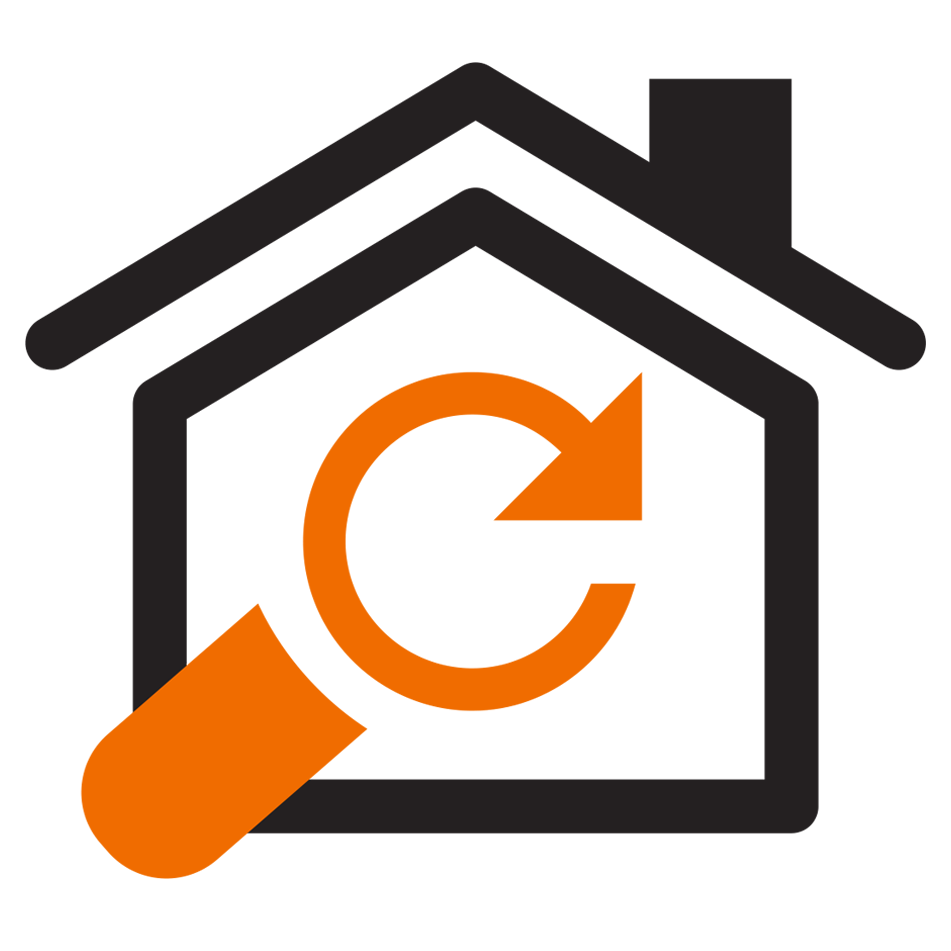
When we recommend repairs, we will always recommend they are completed
by licensed qualified individuals. We also recommend you obtain
documentation, such as receipts and or proof of work. This way, if there are
future issues, recourse is available to our clients by the company or
individual who completes the work. We as generalists, cannot be held
responsible for others’ work. And sensibly we are not qualified to follow up
on “experts” and verify their workmanship. If not completed by
professionals, we would not endorse the work completed and would
recommend further evaluation by licensed professionals. Bottom line, make
sure the work is completed by licensed experts and obtain documentation
and or receipts. Bottom line; we do not provide this service.
Regarding areas that are not “readily accessible”, You should know, we
sent the sellers or the seller’s agent an email prior to the inspection
requesting that all areas of the home be made accessible to avoid this
condition; including but not limited to the attic, crawlspace under the house,
water heater, electrical panel, locked areas, etc. We warned that fees may be
incurred for reinspections and we cannot be held responsible for
reinspections when areas or components are not made readily accessible at the time of the inspection. Access to these areas or components are the responsibility of the sellers, and areas that were not available or “blocked” at this time cannot sensibly be considered “inspected”. We recommend re-inspection by licensed experts when access is made available. Our inspectors are instructed not to move, touch or damage personal belongings during the inspection process. We are restricted by our standards from dismantling components especially where there is a concern for safety and or damages.
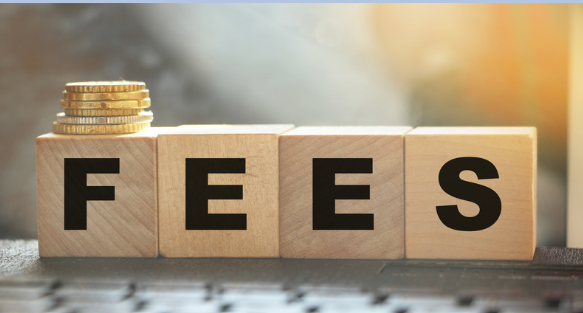
We charge $150 for the first hour and $90 per hour after that. The cost of having a licensed expert inspect and provide repair options with costs, often makes more sense
Where is My Sewer Line Cleanout Located?
A sewer drain cleanout is an essential feature of the drainage pipe system in your home. If a sink or a toilet is causing a blockage of the system which results in the sewage backup, then the cleanout is the only interface through a plumber that can unravel the mess. While a professional plumber can quickly locate the sewer line cleanout in many homes, the homeowner should stay aware of its location for emergencies. Note that the authorities usually take care of the main sewage line in the neighborhood but leave your compound’s systems under your care. Therefore, you should know the “sewer safety valve” location as it can help you remove obstructions on the system and avoid the dirty seeping on your floor.
How the sewer line cleanout works
A sewer line is a large pipe that connects every sink, shower, and toilet in your house to the municipal sewer line in the city. If one toilet, sink, or other facility causes a block on the septic line, all other facilities are affected, which calls for immediate action. Unblocking the sewer system is easy if you have a sewer cleanout in the house or the compound. Note that the service fee for unblocking the waste disposal system will partly depend on how easily a plumber can access it; you pay higher if there is no cleanout or don’t know its location.
Typically, a sewer drain cleanout is a sizable threaded pipe ending with a plug. The tube can either be metallic or plastic depending on factors like the area of residence and the weather. Moreover, its house or compound location is also influenced by factors like the weather and the house’s materials. For instance, homes in localities that experience cold weather often have sewer cleanouts near the bathroom, toilet, or garage.
Where is my sewer cleanout located?
A homeowner has various options when they need to find the cleanout. A sewer cleanout is a safety feature among the utilities. One should always know their location from the day they move into a house. However, it is easy to identify the cleanout, and sometimes you do not need professional help. That is not always the case since there are times when the cleanout is buried in the compound. Here are the various ways to locate a sewer drain cleanout.
- Examine the likely locations –The first way involves looking around in the house and the compound in places where you would expect the facility to be installed. A cleanout is a 3- or 4-inch pipe fitted with a screw cleanout cap, and it is easily identifiable. Therefore, looking around the compound is one way to determine its location. In most homes, the cleanout is located close to the bathroom, either inside or outside the house. However, this is not always the case, and your neighborhood may be different. Therefore, you should not panic if you do not find it anywhere near the bathroom. Other probable places to check include the garage area, in a basement or crawlspace, or near the pathway right outside the house. If the sewer cleanout access is located in drywall, you should take care and avoid cutting other pipes, cords, and cables, or you could cause a tragedy in the home.
- Grab the house plan – Sometimes the eyes may not be enough to tell where the lateral sewer line cleanout is located. In such a case and where the house plan is readily accessible, it is plausible to get it and try finding the facility from there. The advantage of using the plot plan is that all other features and facilities are documented in it, making it easy. Identifying your house’s sewer line is the first step to locating the sewer drain cleanout. Take care and avoid confusing other facilities with the main sewer line as this may have adverse effects if you damage other systems in the process. As mentioned before, the sewer cleanout could be buried in the compound instead of located inside the house.
- Professional services – In some cases, observing the compound and looking at the plot plan does not yield any results. This could be the case for old houses or those whose plans are poorly done or the case of a buried sewer cleanout. Therefore, calling a professional service may be the only option. You can quickly locate the outdoor cleanout access with expert help regardless of whether it is inside the house, sticking out, or buried in the compound. Plumbers have the tools and expertise to trace, replace, and repair parts of a drainage plumbing system. Whether that’s using a modern technique called trenchless sewer repair or using a variety of other ways to unclog your sewer, you can always be confident with their expertise. They can also discern why your drainage system is often clogging and give you professional advice on the same. Furthermore, professional plumbers will cause little or no damage when finding the sewer cleanouts. Even better, a plumber may fix any damages caused on some walls if the sewer cleanout was underneath one. One other advantage is that a plumber can install the lateral sewer line cleanout if there is none in the compound. And even though this adds to the service cost, it is well worth it unless you will be moving out of the house the same day.
Taking care of the drainage system in your house
What can you do to prevent the drainage system from clogging? You know the pain of dealing with a clogged drainage system if you ever experienced one. For people who are yet to, you’d better take precautionary measures before it is too late. Below are some practices that can prevent or reduce clogging of the drainage system in your home.
- Use hot water frequently – Hot water is known to kill germs but is also a remedy for clogging pipes as well. Cleaning the sinks with boiling water melts out oils and detaches food items from the pipes’ walls, thus getting them into the street’s central sewage system. Therefore, you should make a point of cleaning the sinks, bathrooms, and toilets with hot water frequently.
- Use a drain guard on every sink – In some instances, the drainage pipes will block because too many food items find their way in the lines. Having a drainage guard on every sink in the house reduces the size and amount of foodstuffs entering the drain. With this tip, you will also need to avoid dumping non-dissolvable waste in the sink or bathroom.
- Do NOT use chemicals to clear clogs. Chemicals are harsh and can easily damage your pipes. Additionally, these chemical will harm reefs and marine life
- Routine maintenance – Routine maintenance is the best way to stay out of trouble with drainage systems. Every homeowner should ensure that the drainage system is inspected by a professional plumber at least once a year. Possible problems that then be identified and resolved before the drain blocks. This does not only save you money eventually, but it also ensures your system is in the best condition at all times.
Do you provide pool inspections?
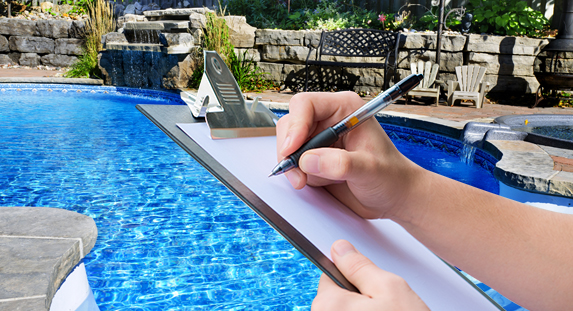
We offer certified pool inspections as an add-on service to our regular general property inspections or as a stand-alone inspection. We schedule a certified Pool Inspection Professional to conduct a thorough inspection of the pool, equipment and components and provide you with a detailed written report with photos.
$199.00 Stand-Alone Inspection
Add to your home inspection for $149.00 and save!
HomeBinder™… What is It?
HomeBinder™ is a free cloud based management system for your home!

We buy this service and give it out to our valued client’s as a gift. There is no cost to you and no obligation. We hope you find this service valuable and use it to keep your home well maintained and organized.
Click here to watch a Youtube video about HomeBinder
Do you provide lab testing for hazardous materials like asbestos and lead paints?

The presence of environmental hazards including, but not limited to, allergens, toxins, carcinogens, electromagnetic radiation, noise, radioactive substances, and contaminants in building materials, soil, water, and air are not included in the national (ASHI) stadards of practice. We may at times find conditions that require further evaluation or testing.
How long will the components in my home last?
Click here for a list of the general, average life expectancy of most home components
What is your opinion on mold in Hawaii?

“Mold” is everywhere in Hawaii. The mold you find in a house is likely the same mold you will find when you step out your door. We typically do not live in hermetically sealed homes here in Hawaii, meaning that air and vapor pass through the homes with ease. The main concern in regard to actual mold is concentration levels of the spores in the air. Mold can’t grow without water so typically, if you find any mold or mildew like substances, cleaning them with a 10 to 1 solution of chlorine and making sure that any source of water is eradicated should help reduce spore counts.
Many people use the word mold generically whereas there are many different types of lichen and spore growth in Hawaii, which are omnipresent, and typically not harmful unless people are predisposed to health concerns related to mold spores. If mold is a real concern to you we recommend they install dehumidifiers and or air conditioners to help reduce concentrations of mold spores. Trying to live without mold in Hawaii is vertually impossible. This makes “mold inspections” a waste of money unless there are specific conditions found.

We always test for moisture and look for signs of active mold during our inspections using moderns tools like Survey Master Protometers (moisture meters with pins and radio frequency both of which penetrate sufaces) and infrared/thermographic cameras that provide surface temprature differentials
Do you provide thermal imaging (infrared)?


Yes! All of our inspector use thermal imaging cameras and moisture meters to help flesh-out, locate and measure potential moisture issues
